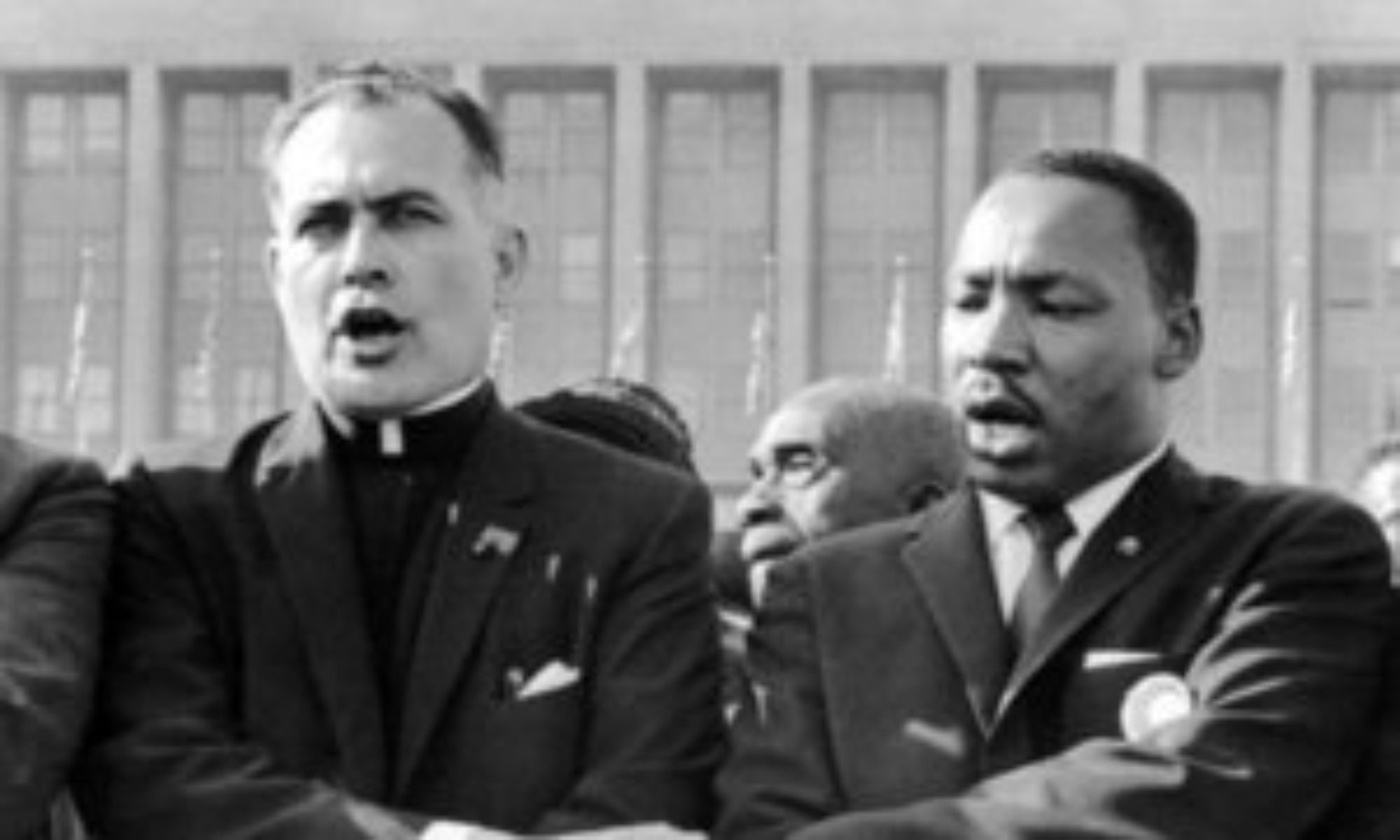It was a pleasure to review Anna Su’s book on religious freedom in American foreign policy, Exporting Freedom: Religious Liberty and American Power, for The Immanent Frame. Su adopts a middle ground in recent debates.
The United States is unique among nations in claiming a heritage of religious freedom and a mission to spread it overseas. This is difficult to dispute. What has become hotly disputed is how this is to be regarded.
An “orthodox” view holds that the United States has played a special role—a providential part, as some would have it—in carrying a universal message of religious freedom to the world. First, American colonies were havens for religious refugees; then the American founding was a milestone for constitutional norms of religious freedom; then, over the subsequent two centuries, the United States became a haven for religious people unwelcome elsewhere: Baptists, Mormons, Mennonites, Muslims, Amish, Catholics, Seventh-Day Adventists, Jews, Jehovah’s Witnesses, and others.
So convinced Americans have been of their ingenious experiment in religious liberty that they have sought to spread it overseas. As Anna Su tells the story in her new book, Exporting Freedom: Religious Liberty and American Power, the U.S. extended religious freedom through its colonial occupation of the Philippines in the early twentieth century; its advocacy of the League of Nations after World War I; its efforts to shape international norms in the United Nations system and the Universal Declaration of Human Rights in the aftermath of the Second World War; its occupation of Japan after the same war; its formulation of a human rights policy in the 1970s; its International Religious Freedom Act (IRFA), passed by the U.S. Congress in 1998; and its occupation of Iraq after its war there in 2003. In the orthodox view, all of these episodes were a straightforward promotion of American principles.
In recent years, this view has come to be challenged by a “revisionist” view held by scholars who, as Su puts it, “have begun to question the right’s claim to timelessness, universality and neutrality” (for my own review of this school, see here). Led by political scientist Elizabeth Shakman Hurd, anthropologist Saba Mahmood, and legal scholar Peter Danchin, this school of critics holds that religious freedom and the view of religion on which it is based is not universal but rather particular to the West and its history of Reformation and Enlightenment. Following the late French philosopher, Michel Foucault, they portray the United States’ promotion of these principles as little more than a neo-imperialist “project” that manifests American power. Proponents of this view make up the lion’s share of statements in aforum hosted here at The Immanent Frame.
One can imagine a middle ground that eludes both the orthodox view’s idealism and the revisionist view’s reduction of religious freedom to power. Call it “power plus purpose.” In this view, the United States promotes religious freedom through its “preponderance of power,” to borrow the title of a prominent work in U.S. diplomatic history, and promotes religious freedom selectively according to the contours of this power, but does not promote religious freedom simply as a tool of its power. It is broadly in this middle zone that Su’s “complementary . . . new vantage point” is located.
The book’s greatest value, though, in my view, is its tracing of the cause of religious freedom through the history of American foreign policy. Recommended!
